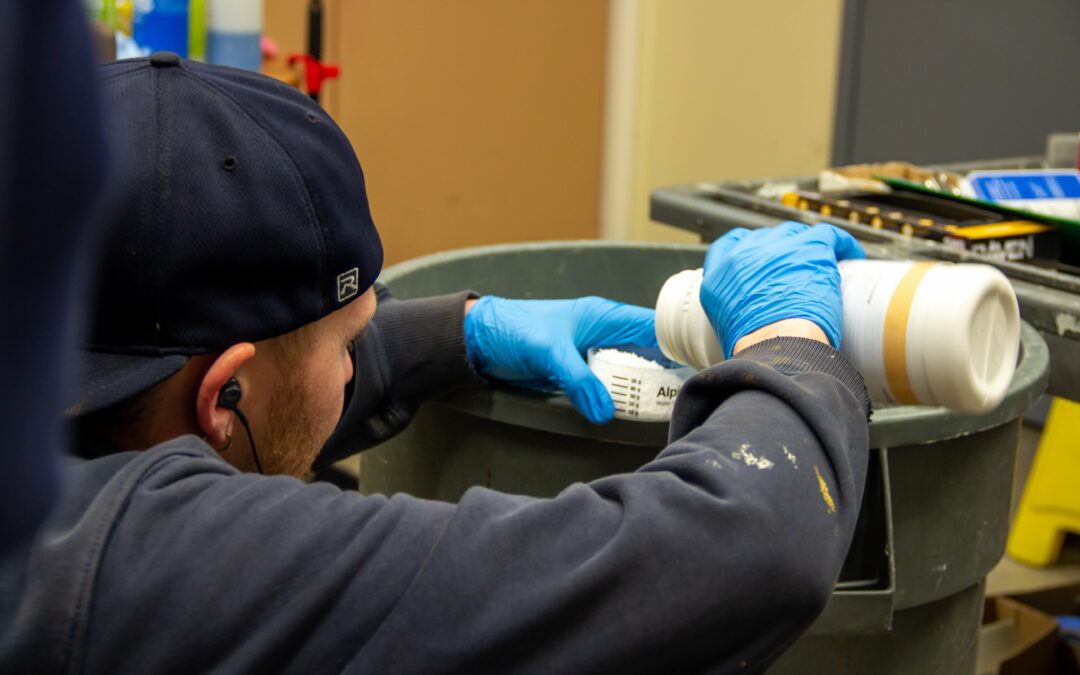Subterranean termites are exceedingly difficult to control due to their cryptic habitat within ground-soil where the pests cannot be readily observed. Unsurprisingly, no reliable remedial or preventative method for termite control existed when the pest control industry was in its infancy. At the time, inspecting homes for termite infestations and related damage was the only way to prevent infestations, but termite inspections did not become commonplace in the US until the latter half of the 20th century. Eventually, pest control professionals began applying termiticide perimeter barriers around homes, which provide reliable protection from subterranean termite attacks.
The first perimeter barrier treatments applied to properties in the US involved repellent termiticides, and repellents are still considered highly effective, and many homeowners opt for repellent termiticide treatments to this day. Repellent termiticide barriers either repel or kill subterranean termite workers before they have a chance to tunnel into yard soil, and as long as termiticides are reapplied once every several years, homes remain protected from subterranean termite infestations indefinitely. Several years after the advent of repellent termiticides, non-repellent termiticides were introduced.
Non-repellent termiticides allow workers to tunnel through the perimeter barrier without detecting the poison surrounding them. Once workers become contaminated, they spread the poison to their nestmates through mutual grooming and the sharing of wood-digesting gut protozoa. This type of poison transfer is known as “horizontal transfer,” and while repellent termiticides effectively prevent workers from foraging toward households, non-repellent termiticides slowly kill off numerous colony members. Although baiting systems have since been introduced for the purpose of subterranean termite control, most homeowners in the US continue to opt for termiticide perimeter treatments on their property, but baiting systems are steadily gaining popularity. The best type of preventative subterranean termite control method available today varies depending on a variety of factors, such as the size of a property, the condition of soil surrounding homes, and the condition of residential landscapes. There is no way to be sure which subterranean termite control method is most suitable for a particular property until homeowners consult with a licensed pest control professional.
Has a termiticide perimeter treatment ever been applied to your property?

